
cd_nom
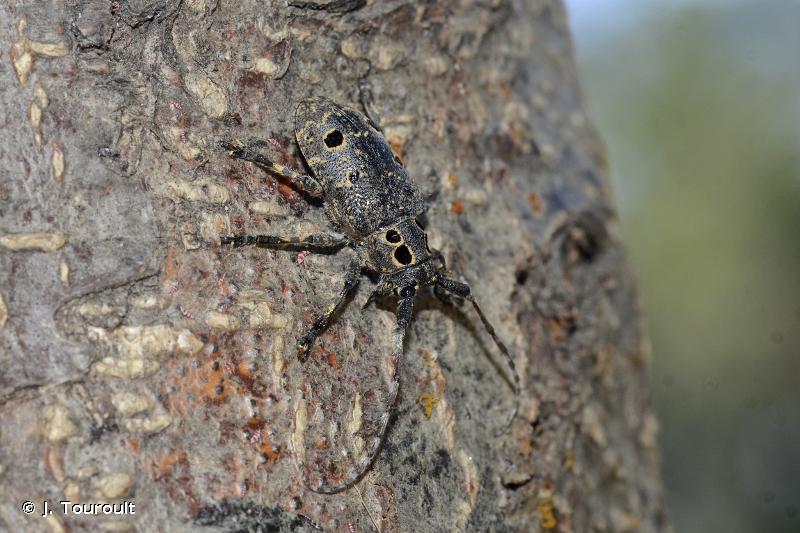
| Author : J. Touroult |
 |
To get the picture, please visit:
Despite the Creative Commons license, please inform the author of the use which will be made of his photo
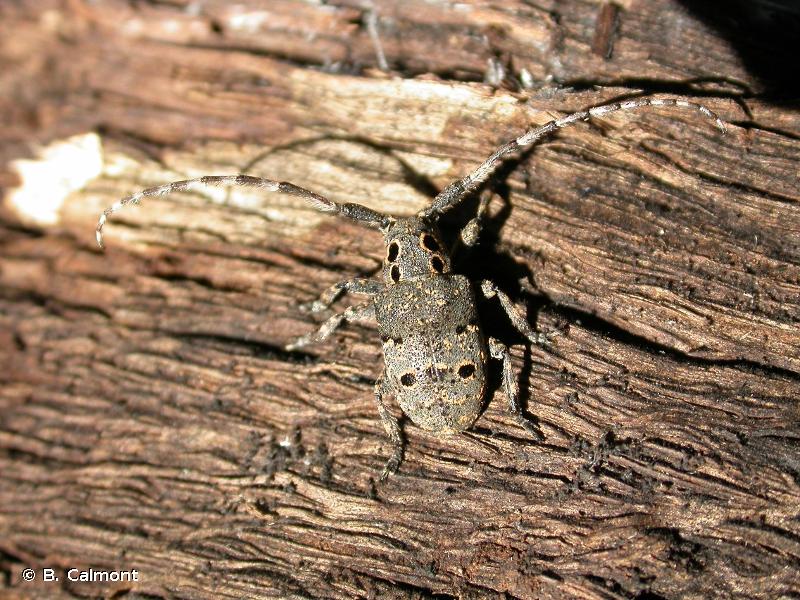
| Author : B. Calmont |
 |
To get the picture, please visit:
Benjamin Calmont
email : inpn@mnhn.fr
Despite the Creative Commons license, please inform the author of the use which will be made of his photo
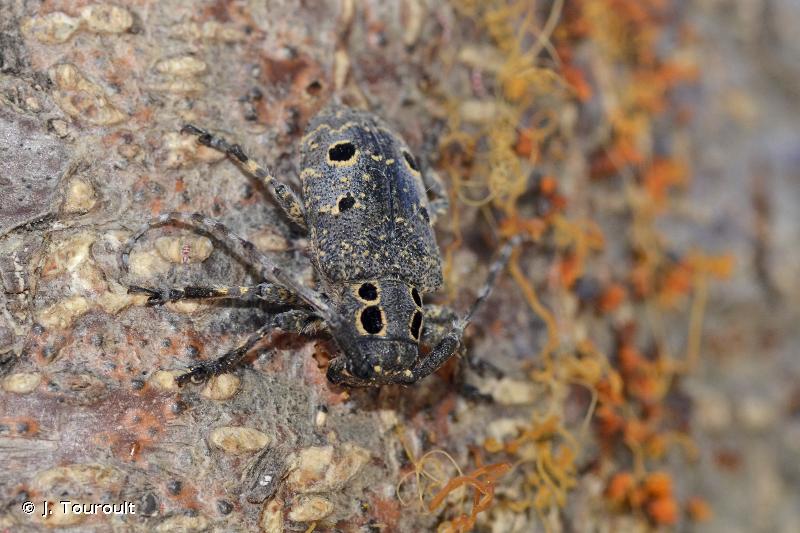
| Author : J. Touroult |
 |
To get the picture, please visit:
Despite the Creative Commons license, please inform the author of the use which will be made of his photo
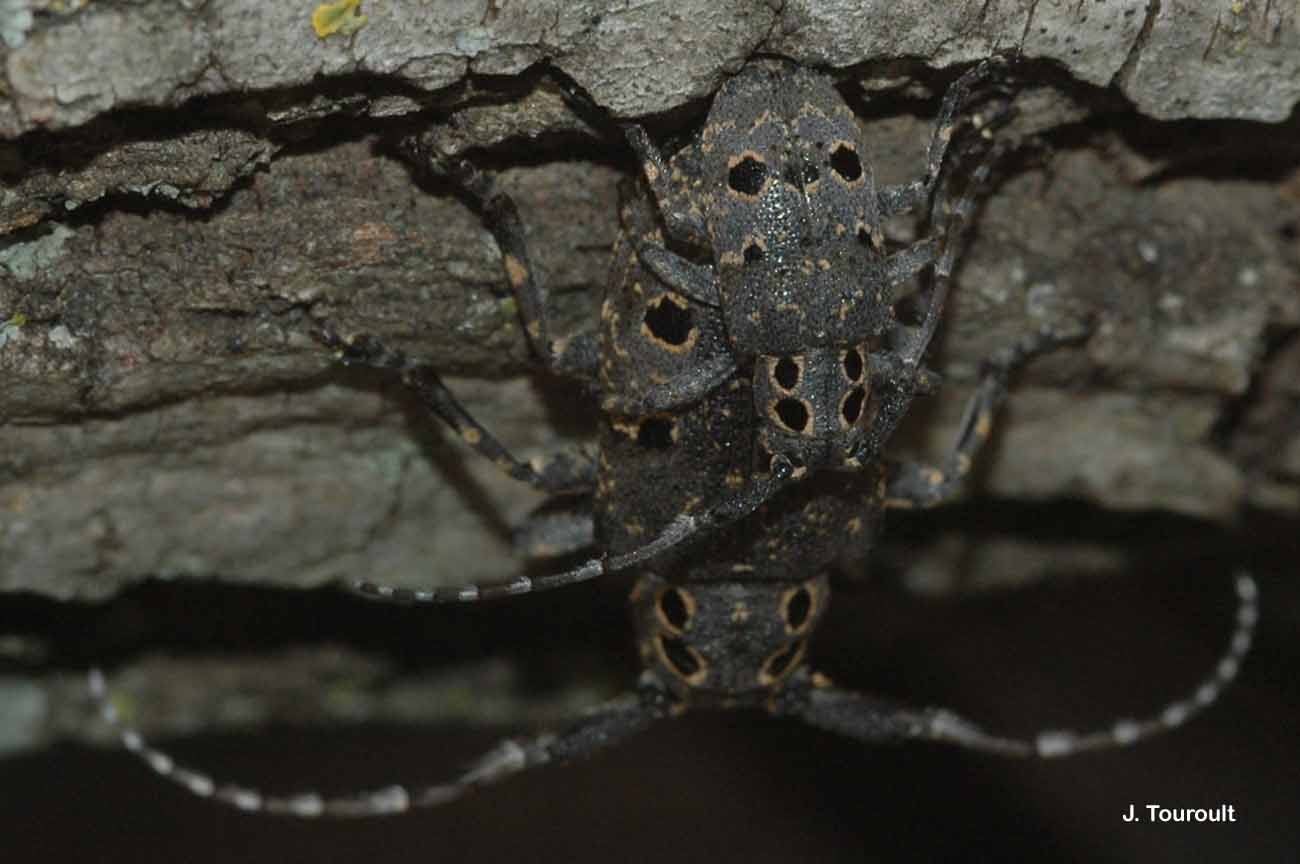
| Author : J. Touroult |
 |
To get the picture, please visit:
Julien TOUROULT
Muséum national d'Histoire naturelle - Service du Patrimoine Naturel
36 rue Geoffroy Saint-Hilaire
CP 41
75 231 PARIS CEDEX 05
e-mail : inpn@mnhn.fr
Despite the Creative Commons license, please inform the author of the use which will be made of his photo
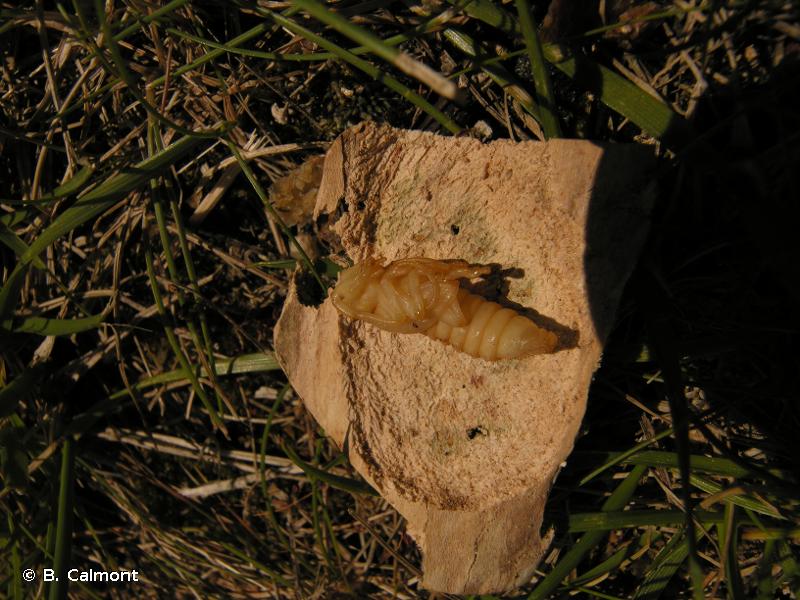
| Author : B. Calmont |
 |
To get the picture, please visit:
Benjamin Calmont
email : inpn@mnhn.fr
Legend: Nymphe
Despite the Creative Commons license, please inform the author of the use which will be made of his photo
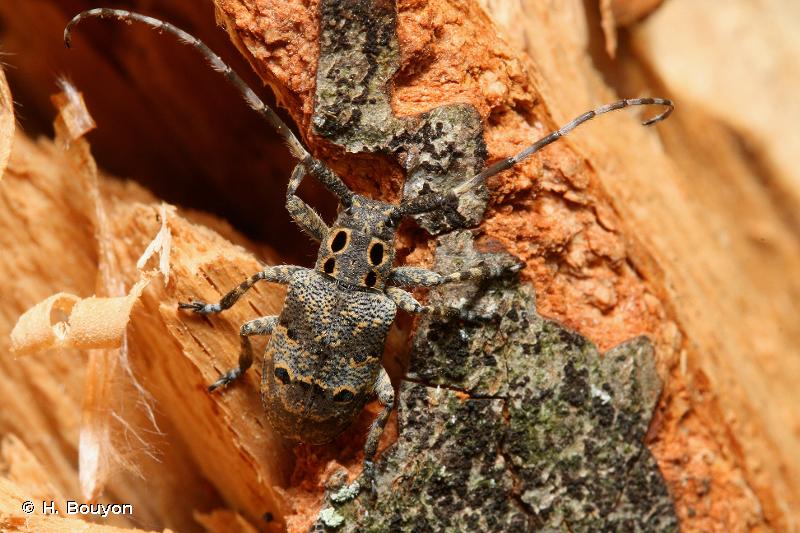
| Author : H. Bouyon |
 |
To get the picture, please visit:
Any reuse of one or more photographs on this site is subject to an authorization request from the author.
Link to the Code of Intellectual Property (Legifrance)
Taille : 10 -17 mm
Longicorne à corps robuste et trapu, de couleur gris plombé. Le pronotum est ponctué, fortement granulé et orné de 4 taches arrondies de pubescence noir velouté, entourées d'un liseré de pubescence ocre, les 2 taches antérieures étant plus volumineuses. Les élytres larges, fortement arrondis en arrière sont irrégulièrement couverts de mouchetures jaune ocre et arborent également 4 taches noir velouté cerclés de pubescence jaune.
Les adultes sont actifs d'avril à septembre.
La larve se développe dans le bois mort de diverses essences d'arbres feuillus et fruitiers. Les adultes crépusculaires et nocturnes se rencontrent sur les branches mortes et les troncs même en pleine journée. Le cycle biologique serait d'un à trois ans.
Espèce répartie dans toute la région paléarctique. En France, elle est assez largement répartie surtout en ripisylves et en futaies (chênaies et hêtraies), plus rare dans le midi méditerranéen.
D'après :
Berger, P. 2012. Coléoptères Cerambycidae de la faune de France continentale et de Corse - Actualisation de l'ouvrage d'André Villiers, 1978. Revue de l'Association Roussillonnaise d'Entomologie, supplément tome XXI, 664 p.
L. Valladares (EIPurpan (UMR INRA / INPT 1201 Dynafor)),2020
Continental
Metropolitan France
Overseas
Marine
Metropolitan France
Overseas
The map presents a summary at the 10 x 10 km grid of the observation data for the species transmitted to the SINP. These data have been subjected to validation filters.
The map presents a reference distribution layer of the species at the scale of departments and marine sectors. The presence and absence data were established by expertise within a network of partners. This reference distribution is used in the validation process of the SINP data at the INPN level.
Corresponds to a report on the basis of at least one observation proved within a period of 10 years (20 years for little-known invertebrates) preceding the year and no presumption of extinction since obtaining the last data nor doubt on reproductive and implemented nature of this population. For migratory species, the presence indicated concerns areas of reproduction.
This status is based on one or more of the following criteria:
This point covers the absence, more difficult by nature to demonstrate than presence. This status is based on one or more of the following criteria:
This status must be assigned to a department in which the presence of the species is casual.
Particular case of absence due to a proven extinction less than a half century ago (older disappearances are treated as "no probable or definite").
In the state of knowledge, we can not comment on the presence or absence in the current department. This is the default status when not comprised in one of the previous categories or whenever there is doubt.
The map shows the global distribution of the species based on GBIF data (Global Biodiversity Information Facility).
